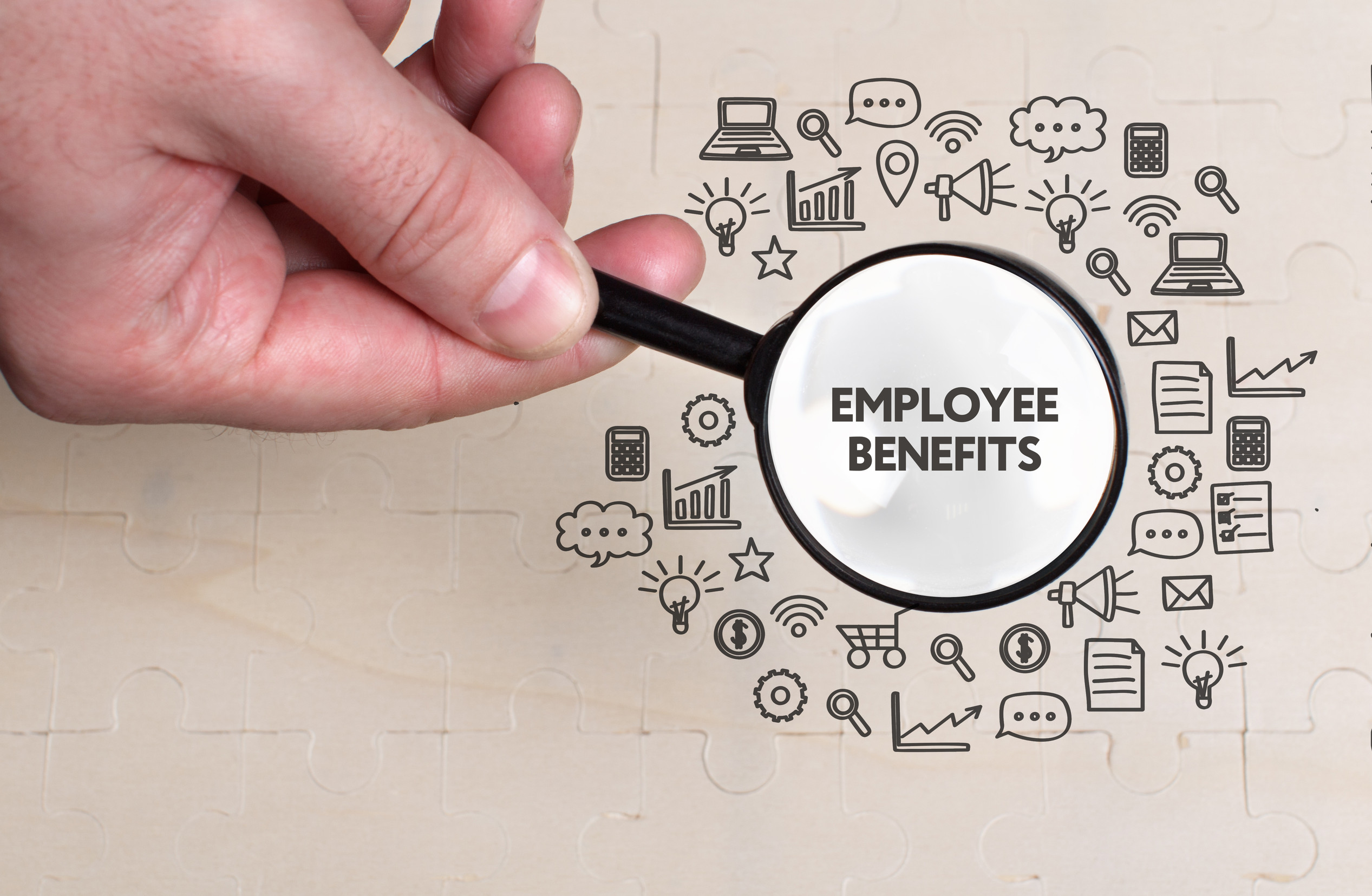Australia experiences first recession in almost 30 years
- Shawn Liew
- Topics: Australia, Home Page - News, Job Cuts, News, Restructuring

Australia’s economy shrank by 7% in the April to June quarter, the biggest drop since records began in 1959, following up from a -0.3% contraction in the first quarter of the year.
Household spending is also continuing to plunge, as Michael Smedes, Head of National Accounts at the Australian Bureau of Statistics, explained, “The June quarter saw a significant contraction in household spending on services as household altered their behaviour and restrictions were put in place to contain the spread of the coronavirus.”
Private demand, as defined by spending on items other the public resources such as electricity and water, dropped 7.9 points from Australia’s GDP, while spending on services fell by 17.6%, with those in transport, vehicles, hotels, cafes and restaurants hardest hit.
Total work hours also fell by a record 9.8%, following up on the ABS report last month that unemployment in the country hit a 22-year high of 7.4% in June as tight restrictions continue to force many businesses to cease operations.
The number of unemployed people in Australia increased by 69,300 to 992,300 in June, around a third more than the jobless numbers during the 2008 global financial crisis.
READ: Wage growth continues to slow down in Australia
For the employed, Australia’s official wage price index (WPI) rose 0.2% in the three months to the end of June, continuing from the downward trend of 0.5% growth recorded in the first quarter.
Annual wage growth slowed to 1.8%, also the lowest on record. Private sector wages fell for the first time on record, easing 0.1% in the second quarter from the first three months of the year.






